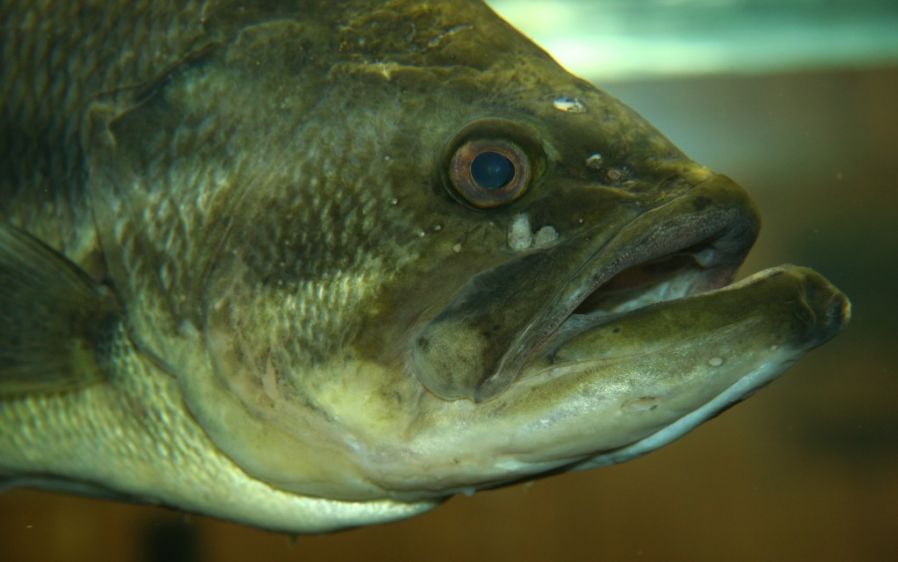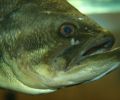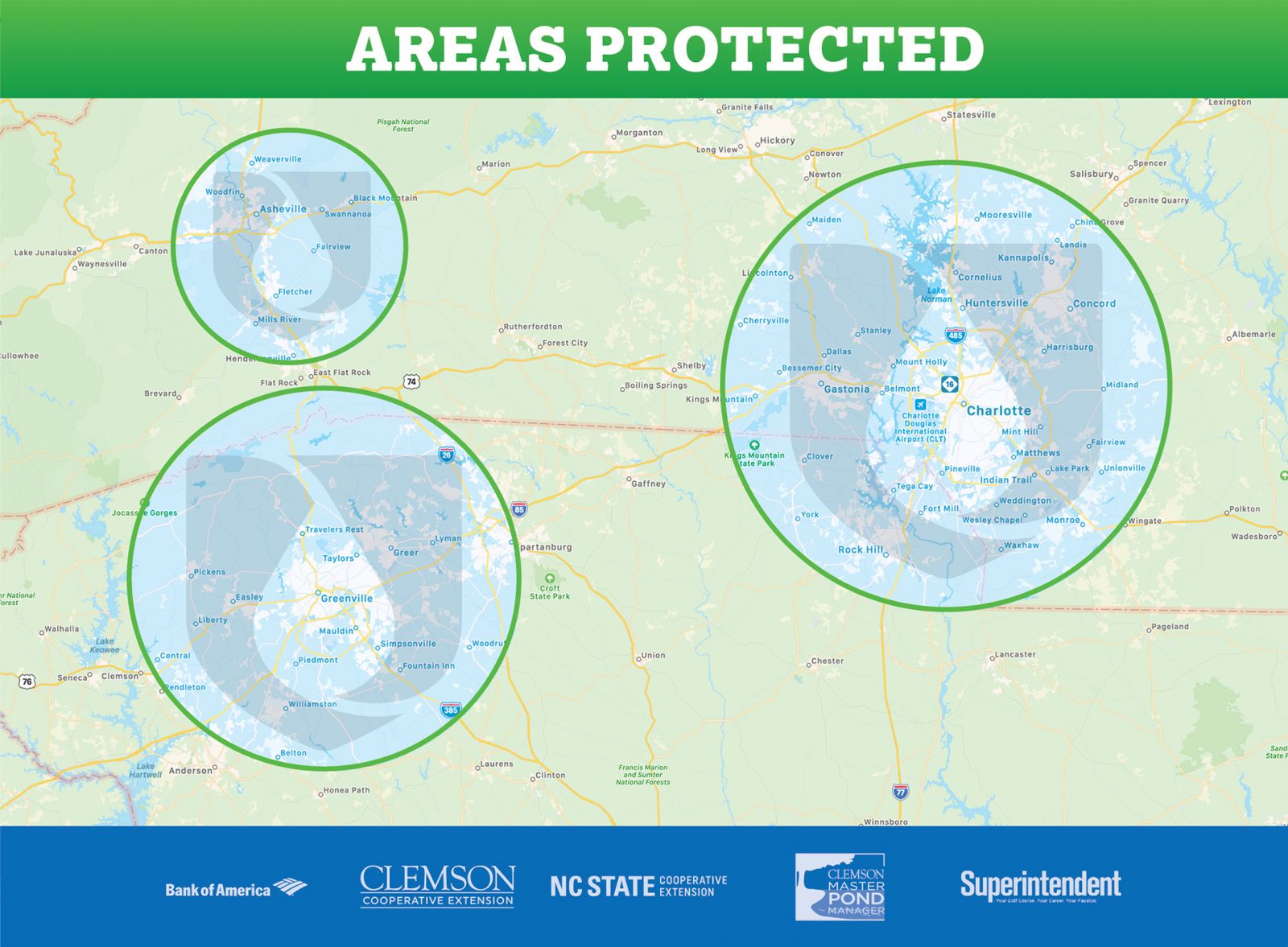
Pond’s grow algae and weeds resulting in more muck. Our solution PROactively helps ponds stay healthy & beautiful. By RAY SASSER - Staff Writer - rsasser@dallasnews.com
In Henderson County, where some of Texas’ best private fishing clubs have waiting lists of 20 years or more, researchers are uncovering bass secrets in a 125-acre lake built in the 1950s.
Bob Lusk is fisheries manager for the lake owner, who prefers to remain anonymous. Lusk owns a company called Pond Boss (pondboss.com) and works extensively with private waters in Texas, surrounding states and even Napa Valley, Calif.
Lusk contacted the South Dakota State University’s Fisheries Department, where a student researcher was working on his doctorate. The result is a study that began in 2012 using PIT (passive integrated transponder) tags in 1,200 fish and radio transmitters implanted in larger fish.
The PIT tags allow researchers to scan numbers and identify specific fish, then measure, weigh and compare growth rates. The radio transmitters are different. Using a receiver, researchers can track fish movements on a daily basis.
The study paid for by the lake owner, has been ongoing for three years and is to continue indefinitely.
Because of the lake’s age, Lusk said, the woody structure is gone, except for tree stumps. Forty Mossback Fish Attractors have been added to create structure. Think of a jungle gym made of PVC plastic pipe that will not deteriorate.
“The fish attractors did the job they were designed to do,” Lusk said, “plus the researchers noted a conversion of energy with the new structure. They cover 20-by-40 feet, but the influence goes well beyond 800 square feet.”
The influence starts with algae, which attracts tiny aquatic organisms, which attract small fish and so forth, up through the food chain and the water column.
Though the lake has an abundance of threadfin shad, food studies show that bass eats different things in different seasons. What bass eat is determined bycatch fish with a shocking device and pumping their stomachs, then examining the stomach contents.
“Right now, the bass in the study lake are eating crawfish,” Lusk said. “Looking at this particular lake, you would not think crawfish could thrive there, but apparently they do thrive.”
Bass eat just about anything they can swallow and sometimes things they cannot swallow. The study of the bass’ diet has found turtles, salamanders, frogs and every species of fish that are available in the lake.
Florida-strain bass was stocked by the Texas Parks and Wildlife Department in 1972 as a test to see how well the imported fish would do in Texas. The lake already contained a healthy population of native bass. Of the 85 fish checked for DNA, 100 percent still showed a Florida bass influence. More Florida-strain bass has been stocked. The 125-acre lake’s bass population is estimated at 3,000.
Lusk said he was most surprised by fish movements. One fish that weighed almost 8 pounds routinely moves about 2 miles a day.
“Another of the radio-tagged fish moves a mile every day,” Lusk said. “They do not move along the same route every day. You would expect them to move from one good feeding spot to another, but that’s not how it works.
“The movements are random and unpredictable. There are fish that never leave an area the size of a football field and others that roam around. I was also surprised at how the summertime bass was attracted to the cooler waters of the lake’s narrow thermocline.”
The thermocline is where water stratifies between warmer surface water and cooler water near the bottom. The study lake has water as deep as 26 feet. Lusk said, “the thermocline in this particular lake routinely has about half as much oxygen as the warmer surface waters, but the bass seeks its cooler temperatures anyway.” The largemouth bass is considered a warm-water species that thrives in shallow lakes affording no respite from Texas summer heat.
“This study set out to answer questions we had about bass,” Lusk said. “We’re finding that bass is like people — they don’t all do the same thing. We’re answering some questions, but we’re also creating new questions.”
Now serving Greenville SC, Spartanburg SC, Asheville NC, Charlotte NC, Winston-Salem NC, & Greensboro NC areas.
Get started. Become a member today!


